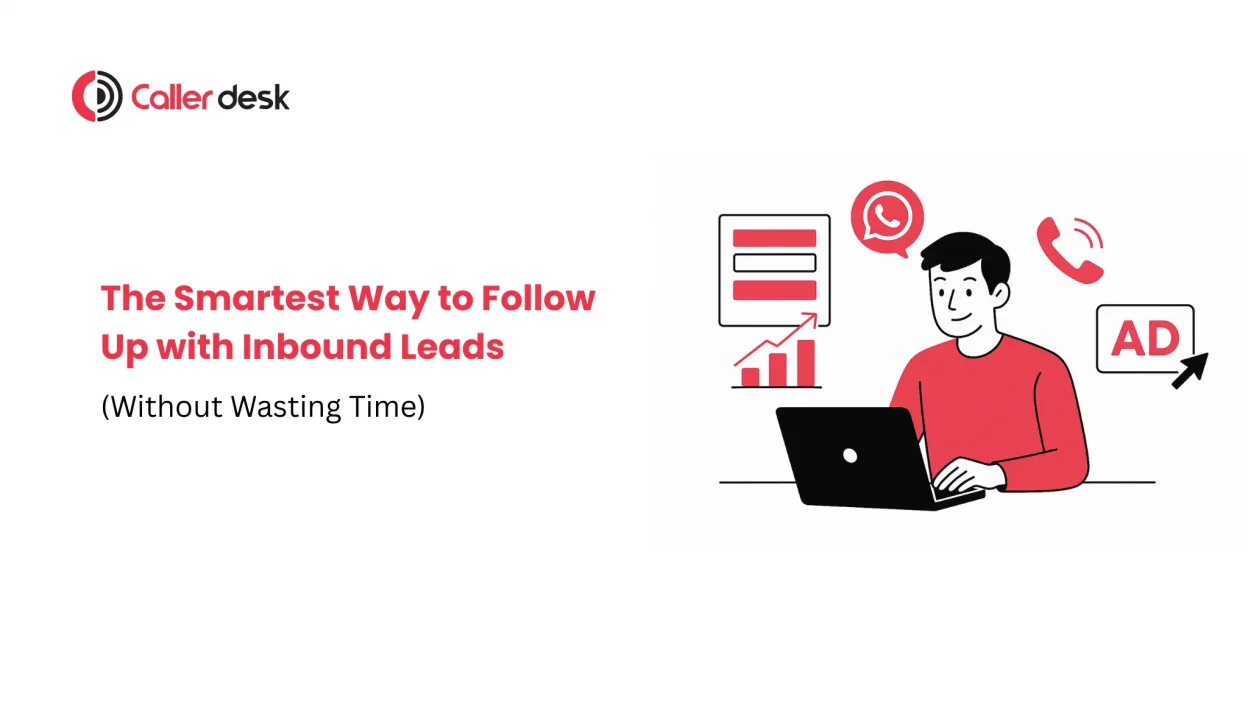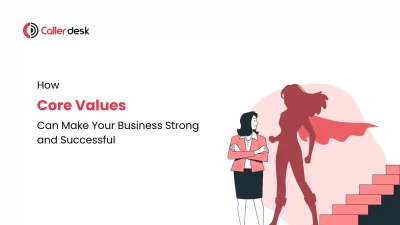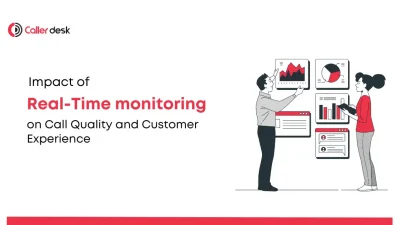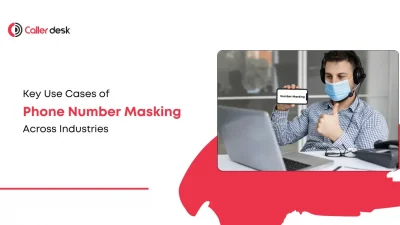When someone shows interest in your business and reaches out first, that person is known as an inbound lead.
This could be someone who:
- Filled out a form on your website
- Gave a missed call
- Sent you a message on WhatsApp
- Clicked on your ad and wanted to learn more
These people are already exploring your service or product, which makes them more likely to buy—if you respond quickly.
But here’s the problem—if you take too long to respond, they may lose interest or go with a competitor.
Many businesses miss out on potential customers because they don’t respond on time.
Manually calling, messaging, and assigning leads to the right team member takes a lot of effort. When you have many leads coming in every day, it’s easy to miss a few.
That’s where automated workflows help.
A workflow is a simple setup that works by itself. It can:
- Instantly send a welcome message or start a call
- Automatically pass the lead to the right person on your team
- Continue reaching out if there’s no reply from the lead
Once the workflow is ready, it keeps running on its own—saving time and increasing your chances of converting the lead into a customer.
In this blog, you’ll learn how to set up a simple and smart workflow that helps you manage inbound leads easily, step by step.
What Is an Inbound Leads Workflow?
An inbound leads workflow is an automated process that takes care of new leads for you.
Whenever someone contacts your business—through a form, a missed call, or a message—they become an inbound leads.
From there, the workflow takes over and:
- Sends an automatic message or call to greet the lead
- Hands over the lead to the best-suited team member based on their query or location
- Sends follow-up messages if there’s no response
You only need to create the workflow once. After that, it works without needing manual input every time.
This kind of setup helps you:
- Save your team’s time
- Give every lead a quick response
- Avoid forgetting to reach out
- Keep everything organized, even if you get many leads daily
In short, it’s like having a smart assistant making sure no lead is left behind.
Why You Should Follow Up with Inbound Leads Fast
Inbound leads are people who have already shown some interest in what you offer. That makes them warmer and more ready to talk than someone you reach out to randomly.
Here’s why fast follow-up matters:
- They already know about your business
- You didn’t have to go looking for them—they came to you
- They are more likely to buy, but only if you respond quickly
If you wait too long, they may forget about you or get help from someone else. That’s why it’s best to follow up within minutes—not hours.
Step-by-Step Guide to Automating Inbound Leads Follow-ups
Step 1: Find Out Where the Lead Came From
Before you send any message, it’s important to understand how the lead reached you.
Ask questions like:
- Did they fill out a contact form? → They might want details about your service
- Did they give a missed call? → They may want someone to call them back quickly
- Did they click on an ad? → They could still be thinking and need more information
Knowing the source helps you send the right kind of message.
Step 2: Set a Trigger to Begin the Workflow
A trigger is an action that starts the workflow.
For example:
- A lead submits a form on your website
- Someone gives a missed call
- A new number is received from WhatsApp or a landing page
When this happens, the system takes over—sending replies, assigning leads, and starting follow-up steps automatically.
Step 3: Assign the Lead to the Best Person on Your Team
Once the lead enters your system, make sure it reaches someone who can help.
You can assign leads:
- One by one to team members in order (this is called round-robin)
- Based on the lead’s location or area
- Based on the type of service or product they are asking about
This helps the lead talk to someone who understands their needs and can guide them better.
Step 4: Send Friendly, Personal Messages
Even though the messages are automatic, they should feel human.
How to do that:
- Use a warm tone that feels like a real conversation
- Keep your message short and easy to understand
- Include the person’s name if possible
- Ask a simple question like, “Would you like to connect for a quick call this week?”
You can use SMS, WhatsApp, email, or even voice calls—whatever works best for your lead.
Step 5: Choose the Right Time to Send Messages
Sending messages at the wrong time can reduce your chances of getting a reply.
Here’s what works best:
- Send during regular working hours, like 10 AM to 6 PM
- Avoid weekends and early mornings or late nights
- Use the lead’s time zone if you know it
This makes sure your messages reach them when they’re free to read and respond.
Step 6: Decide How Many Follow-ups to Send
Most leads don’t reply after just one message. You need to follow up.
Here’s an example plan:
- Day 1: Send an SMS and make a call
- Day 2: Send a WhatsApp message
- Day 4: Send a reminder email or SMS
- Day 7: Send one last follow-up
Make sure your follow-ups are spaced out. You don’t want to annoy the lead—just stay on their mind.
Step 7: Set a Clear End Point for the Workflow
You should tell the system when to stop the follow-up process.
For example, stop if:
- The lead replies
- A meeting or call is scheduled
- A team member connects with the lead directly
If the lead doesn’t respond at all, move them to a different list where you can try again later with helpful tips or offers.
Step 8: Review and Improve Your Workflow
Once your workflow is live, keep checking if it’s working well.
Look at:
- How many leads are replying
- Which messages are getting the most responses
- How quickly people respond
- Which team members are doing the best follow-ups
Use this information to update and improve your workflow so you get even better results over time.
Conclusion
Inbound leads are one of the best chances you have to grow your business—because these people already showed interest in what you offer.
But interest can fade quickly.
If you don’t reply fast, or if your team gets too busy, those leads might forget you or choose someone else.
That’s why setting up a smart, automated workflow is so helpful. It makes sure:
- Every lead gets a quick and friendly response
- The right team member handles each lead
- Follow-ups are done on time, without reminders
- You stay organized, even with lots of leads coming in
With a simple workflow, you don’t need to worry about missed calls or forgotten messages. You just set it once, and it keeps working—saving your time and helping you close more deals.
Now that you know how to build an inbound leads workflow step by step, it’s time to take action and never let a good lead go ato waste again.
And if you’re looking for a cloud telephony solution to help you respond faster and manage calls better-CallerDesk is the best choice.





